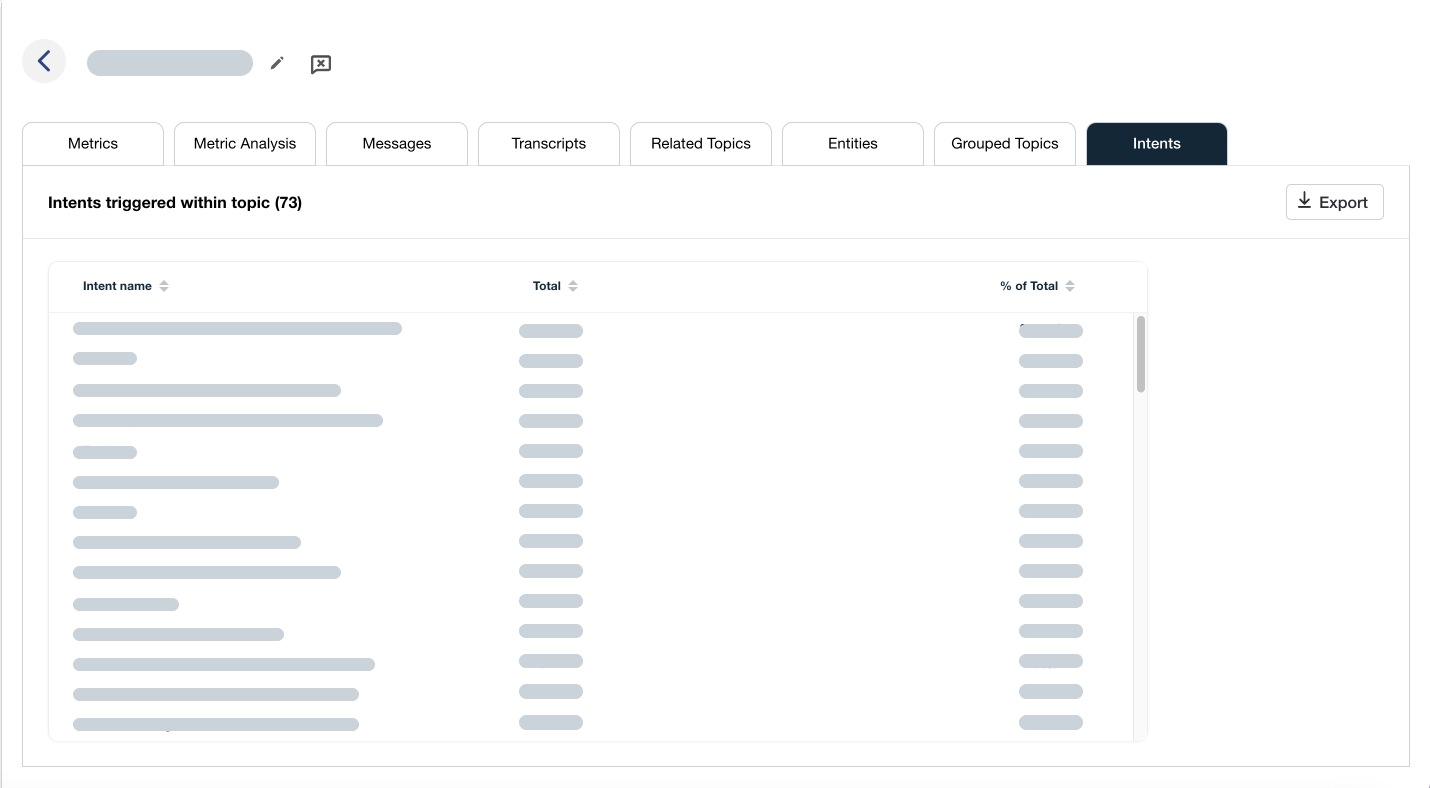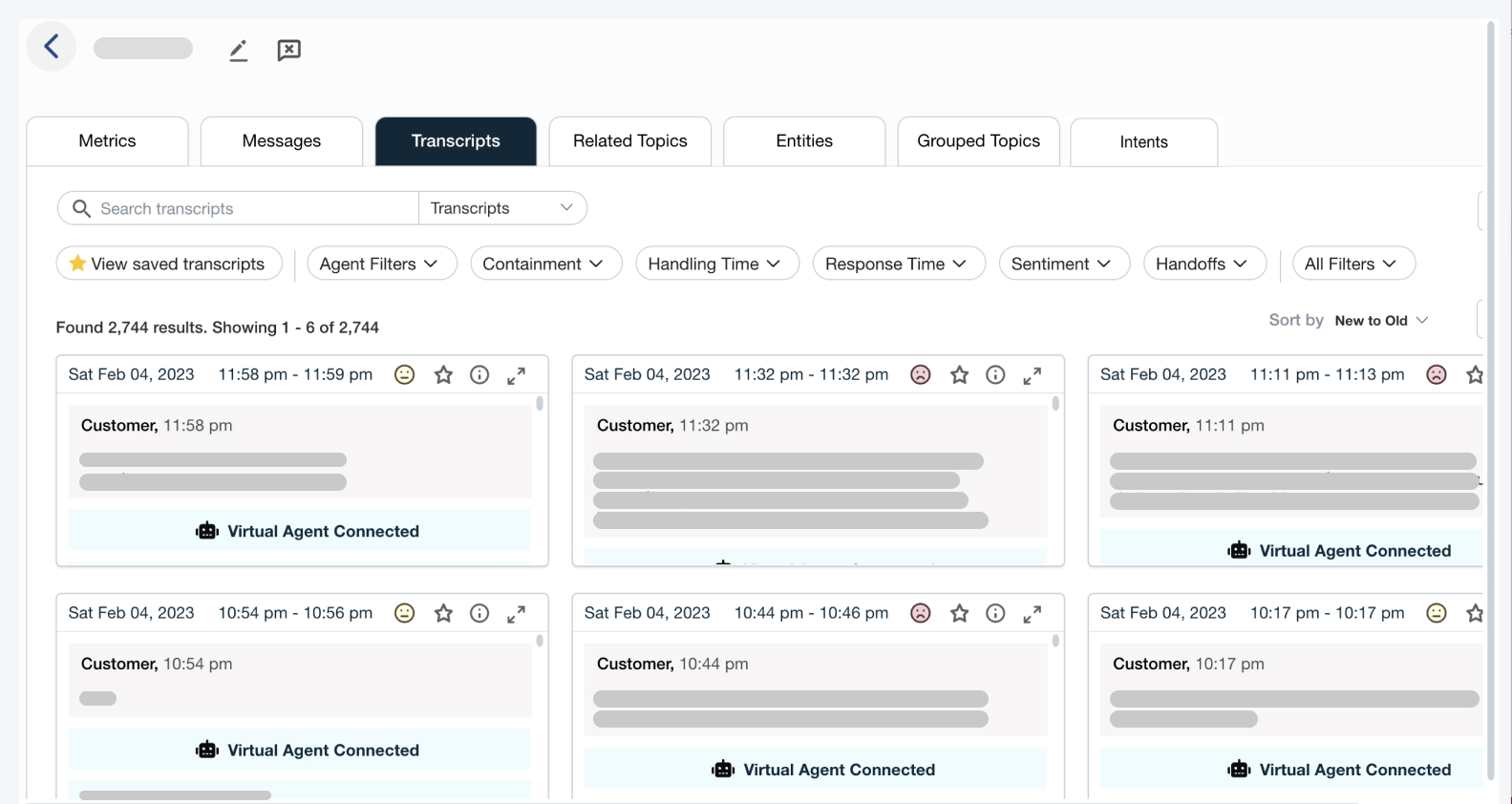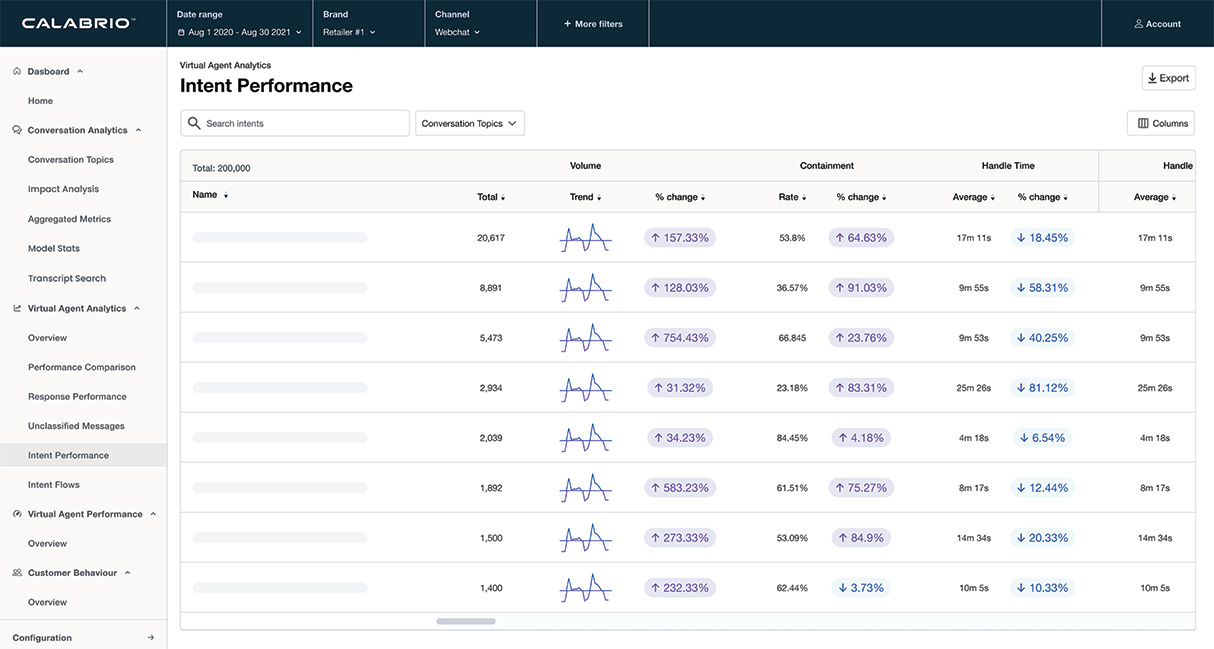4 Tips for Resolving Inbound Complaints Faster
4 Tips for Resolving Inbound Complaints Faster

Competition in the insurance industry is fierce. With providers vying to win and retain customers at a dizzying pace, many standard business practices fly in the face of these efforts, doing irreparable damage to the relationships with these hard-won accounts. According to Xpertdoc,1 nearly all insurance customers who reach out to a carrier via telephone are placed on hold, and it takes less than a minute of being on hold for a business relationship to suffer.
This example is just one reason why resolving complaints quickly is critical for insurers. And, when it comes to your contact center, there are four tried-and-true strategies you can implement immediately to aid this acceleration.
How to Resolve Inbound Complaints Faster
1. Find ways to avoid placing insurance customers on hold.
This first suggestion may appear obvious, but surprisingly, it’s rarely done. Use performance metrics and key search terms to identify bottlenecks and pain points in the customer experience—maybe customers have problems logging into a mobile customer portal, they’re frustrated with the online claims process, or outdated contact center software leads to frequent delays. Whatever the issue, invest in new processes and/or technology that eliminate customer pain points, and you’ll immediately elevate the customer experience.
A large insurance company did just this and learned—by analyzing contact center data using search terms such as “I’m sorry, my computer is working slowly”—that a specific software application frequently slowed contact center interactions, leading to patient and agent frustrations. The findings provided a clear business case for the implementation of much-needed software upgrades that instantly decreased the incidence of the aggravating delays caused by this issue.
2. Offer online self-service options that eliminate the need for many inbound contact center inquiries.
Research shows that businesses that utilize online self-service tools—such as interactive voice response (IVR), chat, Web portals and mobile apps—benefit from a better bottom line. But agents—and most importantly, customers—benefit, too.
Customers value their time, and the last thing they want is to waste it sitting on hold to obtain simple answers to simple questions. If they can happily self-serve for basic needs or information, they more quickly receive what they need, when they need it, without delay.
This customer satisfaction benefits agents as well. By allowing customers to self-serve online, the number of inquiries agents are expected to handle drops, and they become happier and more informed. That’s because it’s physically, psychologically and emotionally draining to take calls and resolve complaints day in and day out. With fewer inbound calls, agents have more time at their disposal for product training and skills development, and they experience higher morale, less burnout and lower turnover.
This increased agent satisfaction passes to customers because agents become more empowered and better able to tend to customer needs. They can clear their queues, spend more time on activities that deliver higher value to customers, and provide solutions—not just information—that more quickly, easily remedy customer issues and resolve customer complaints.
3. Automatically route contact center calls for immediate handling and/or escalation.
Automatic call distribution technology (ACD) routes your customers to the best agent available to help them. Depending upon the specific business rules you set, customers are always directed to the most relevant resource, so agents don’t waste time transferring calls. The result? Huge productivity gains and a boost in customer satisfaction.
To get the most out of your ACD initiative, look for a solution like the one by Five9 (a Calabrio partner) that’s feature-rich, customizable—with routing logic that can be easily set up to match business needs—and easy to use by even non-technical users new to ACDs.
4. Use analytics to understand the most common insurance complaints, then work diligently to resolve them.
One of the prime use cases for contact center analytics is automatically identifying and categorizing the main reason for each customer interaction. Aggregating this data then highlights trends for key customer pain points you can proactively work to resolve.
For instance, you might create a set of key words and phrases that communicate customer frustration, such as “I can’t find,” “help me find,” “do you offer,” or “why don’t you offer,” then use advanced analytics to automatically pull together an easy-to-read report showing the services most commonly associated with them. With this information in hand, you then can develop a data-driven plan to bring new or expanded products to market in order to fulfill these unmet customer needs.
For today’s insurance companies, almost all customer interaction happens through the contact center, under almost exclusively high-pressure circumstances. As a result, your contact center wields tremendous influence over your customers’ satisfaction and loyalty, and has a definitive, immediate impact on your bottom line. The time is now to arm your agents with the right tools and processes to deliver the best experience for your customers, in the shortest amount of time possible.
Learn more best practices for insurance contact centers—download the Insurance Companies: 8 Strategies to Improve the Customer Experience white paper.
1PropertyCasualty360, “‘Winter is Coming’ for Traditional Insurance Industry Call Centers.” July 18, 2017.









